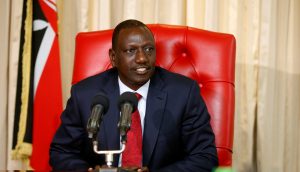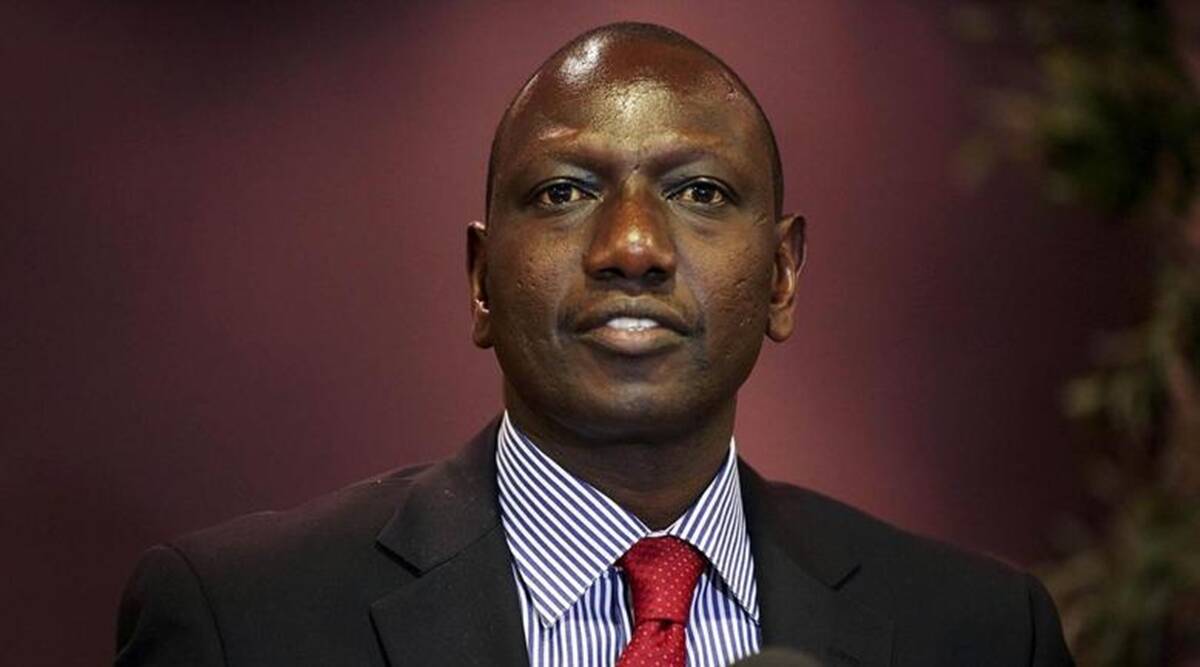The Capital Markets Authority of Kenya (CMA) is a government financial regulatory body. It is in charge of supervising, licensing and monitoring capital market activities.
Market intermediaries such as the stock exchange and the central depository and settlement system must do this within the Republic of Kenya and by all other persons licensed under Kenya’s Capital Markets Act.
The Capital Markets Authority also regulates the capital markets sector by providing guidelines for corporate asset allocation.
The Capital Markets Act provides ranges for the number of funds to be invested in each asset class, such as equities, government bonds, and bills.
The NSE served as the East African British Protectorate’s stock exchange, with companies from modern-day Uganda, Kenya, and Tanzania listed.
Following the demise of the EAC in 1977, the NSE remained a Kenyan institution, with all non-Kenyan companies delisted and nationalized in their respective countries of Uganda and Tanzania.
Uganda and Tanzania established their national stock exchanges in the 1990s, with the Uganda Securities Exchange (USE) and the Dar es Salaam Stock Exchange (DSE), respectively.
Rwanda, the other EAC Partner State, followed in 2011 with the Rwanda Stock Exchange (RSE).
Burundi is the only EAC Partner State that has yet to establish a capital market. However, plans to develop a capital markets development framework that will pave the way for establishing a capital market in Burundi are already in the works.
A Quick Look at the EAC Capital Market.
The EAC has four operational stock exchanges in Kenya, Rwanda, Tanzania, and Uganda: the NSE, RSE, DSE, and USE.
The four exchanges have 110 companies listed on them: 62 on the NSE, nine on the RSE, 21 on the DSE, and 18 on the USE.
By the end of 2011, the four EAC stock exchanges had a combined equity market capitalization of US$ 22 billion, of which the NSE accounted for 55% (US$ 12 billion).
Regarding importance in their respective economies, the NSE equity market was the most significant, accounting for 36% of Kenya’s GDP (GDP).
Fluctuations in the Kenyan Economy Under President Rutoy
Kenya’s economy has remained resilient despite a challenging global backdrop.
In June of last year, inflation surpassed the Central Bank of Kenya’s (CBK) target band, and it was expected to peak by the end of the first quarter of 2023.
As a result, President William Ruto proposed replacing the Sh10 trillion public debt ceiling with a debt anchor as a percentage of GDP, as the previous government promised the International Monetary Fund (IMF), but the National assembly turned it down.
This occurred when the Cabinet agreed to to raise the debt ceiling from the current limit of Sh10 trillion to a new debt anchor of 55 percent of the GDP in present-value terms.
This same new ceiling implies that the government is already in breach, given that Kenya’s debt exceeds 70% of GDP. Consequently, the current president is being forced to find ways to walk the country backward by growing the economy and easing the brakes on lending activities.
Kenya has yet to release GDP figures for 2022; based on 2021 figures, the country’s total public debt should be Sh6.6 trillion to comply with the new metric.
Conversely, Kenya surpassed the Sh9 trillion mark in December, far exceeding the new limit.
With a debt anchor, Kenya’s debt limit will shift from an absolute figure to a moving target.
In a Cabinet memo issued in 2023, the government argued that the shift to the debt anchor aligns with global standards and ensures the sustainability of Kenya’s debt stock.
The big push to raise the debt ceiling emerged shortly after the nominal debt ceiling was raised from Sh9 trillion to Sh10 trillion in what was interpreted as an interim measure to accommodate deficit financing for the 2022/23 budget until June of this year.
Nonetheless, the adjustment was criticized as merely kicking the can down the road, given that Parliament had only recently moved from a previous debt ceiling of a nominal 50% of GDP.
According to additional data from the Treasury’s 2023 Budget Policy Statement, the public debt was on track to exceed the Sh10 trillion debt limit by June of next year, at Sh10.133 trillion.
But even with these challenges Kenya still remains the Powerhouse for East Africa.



